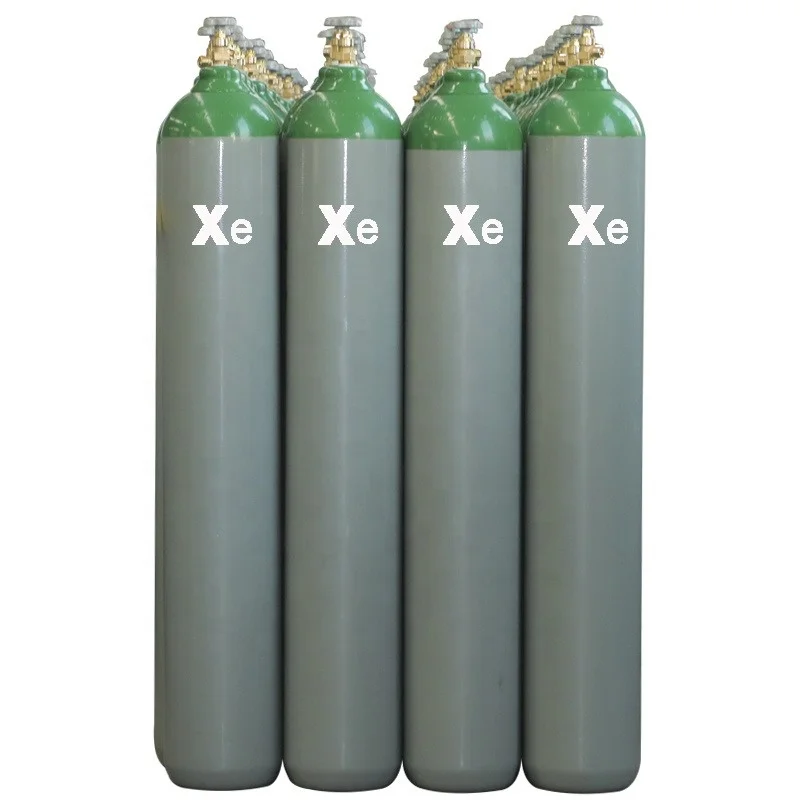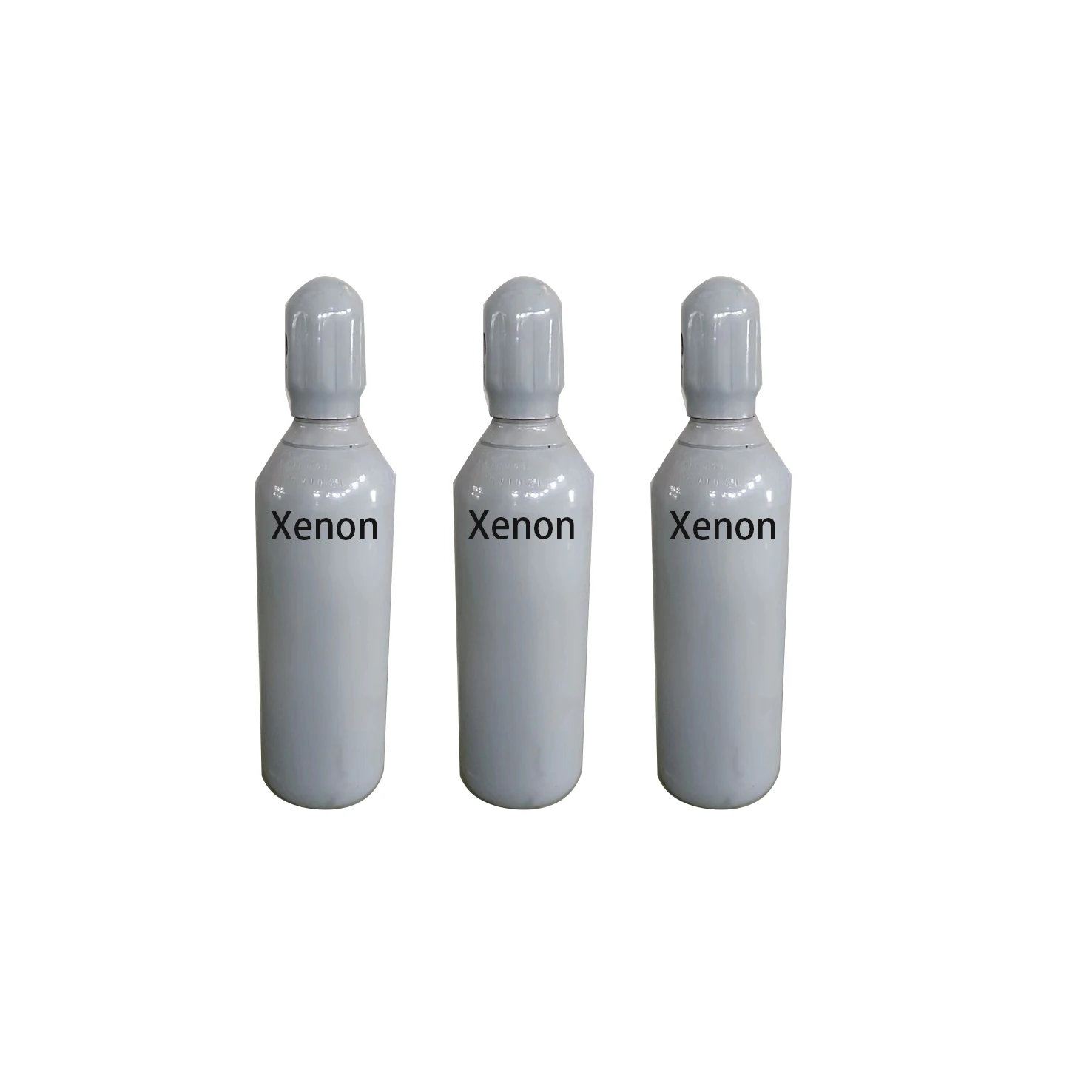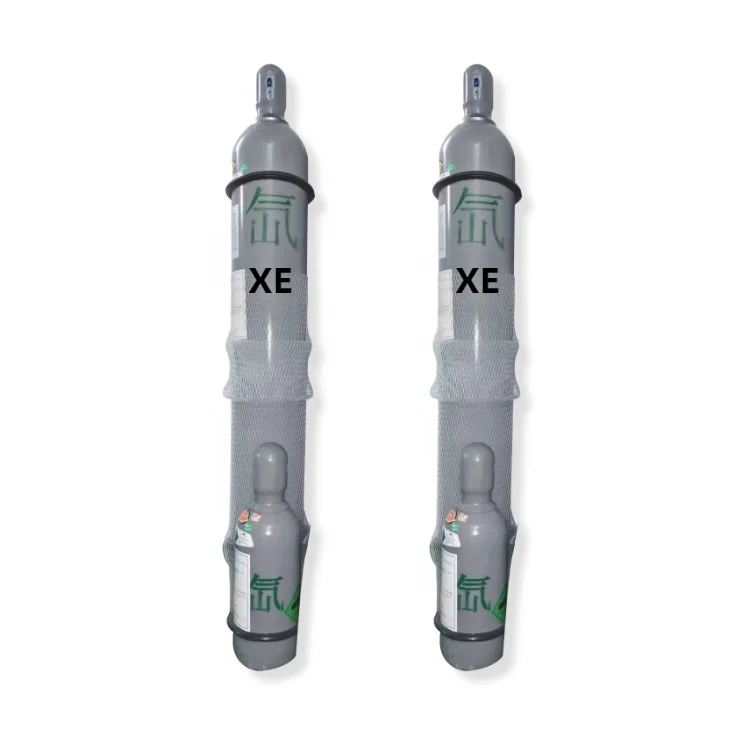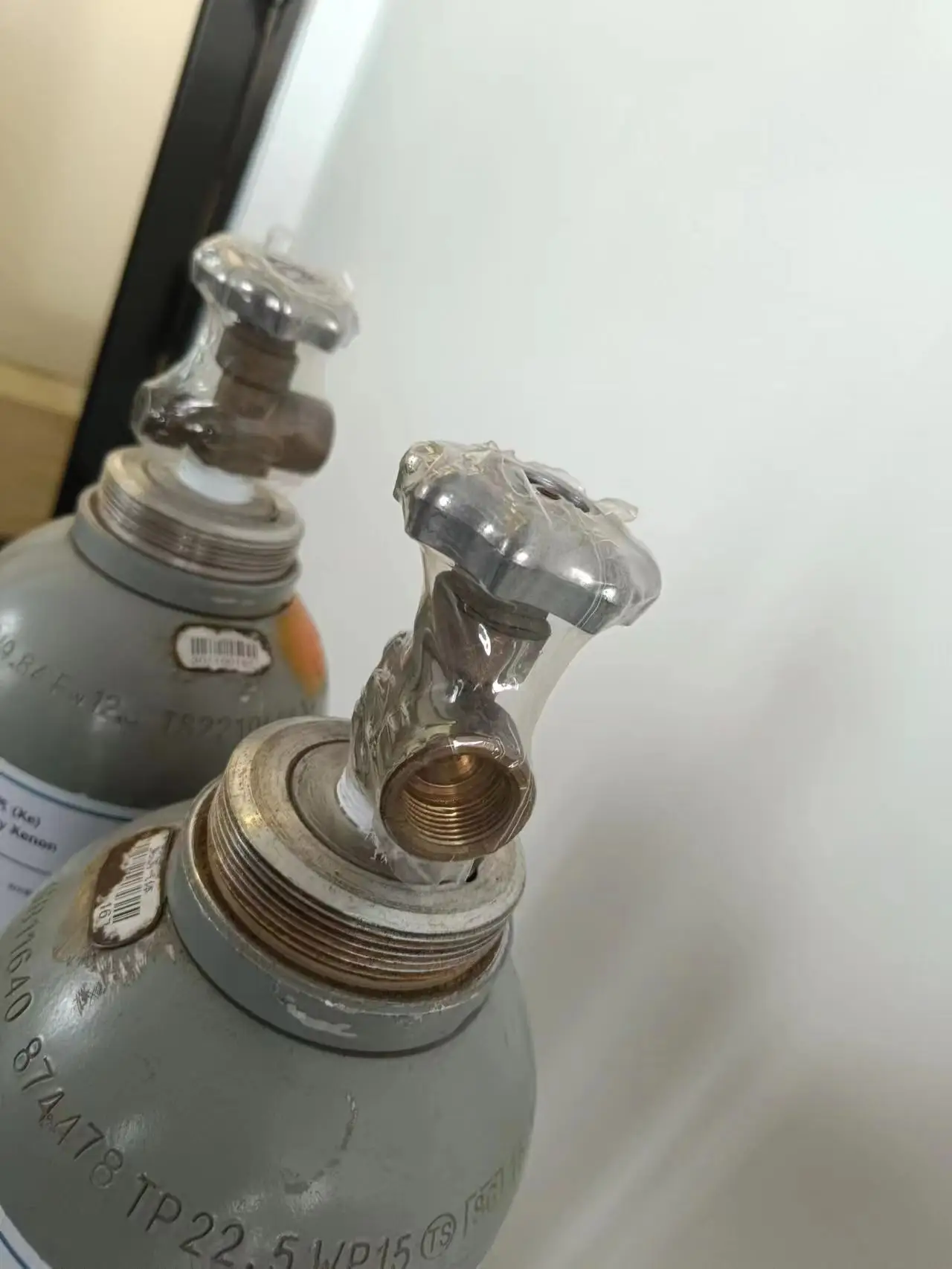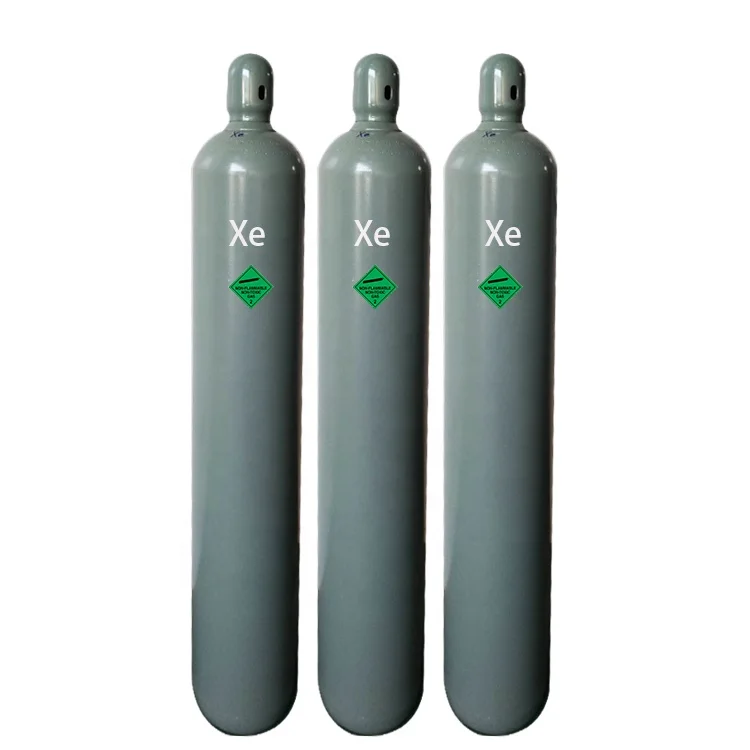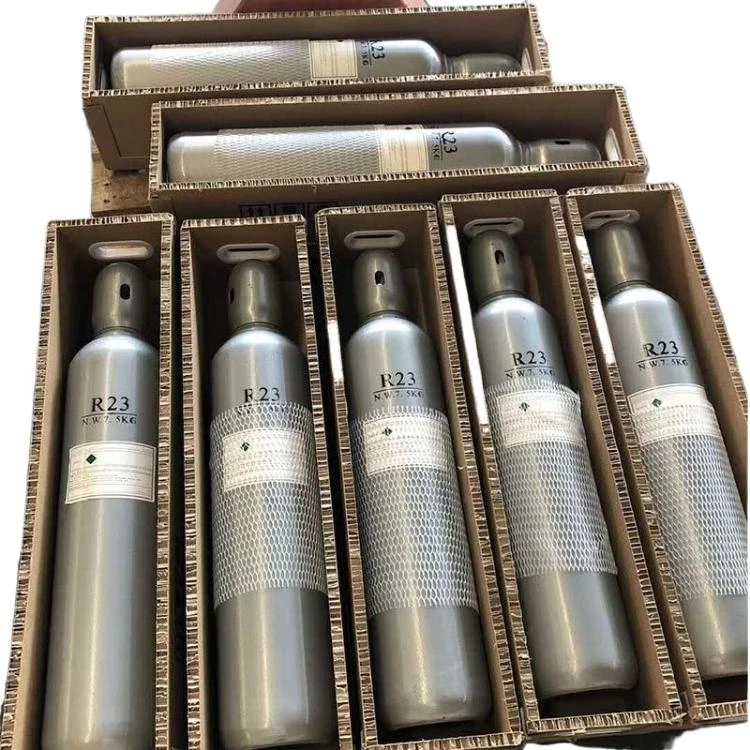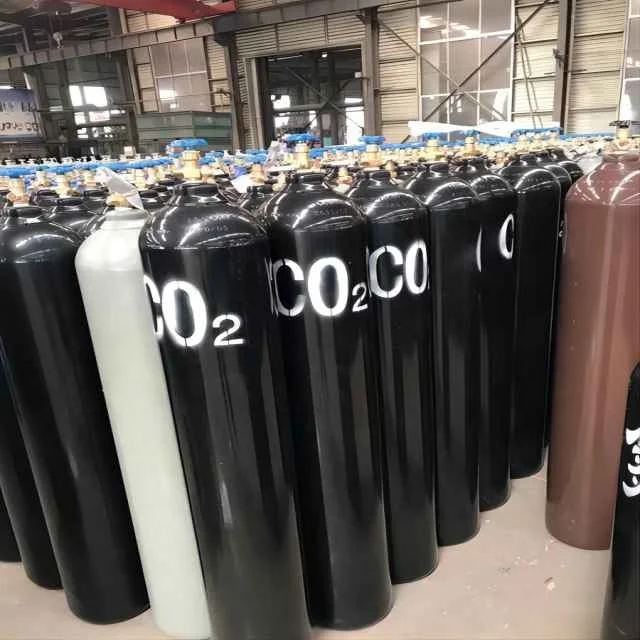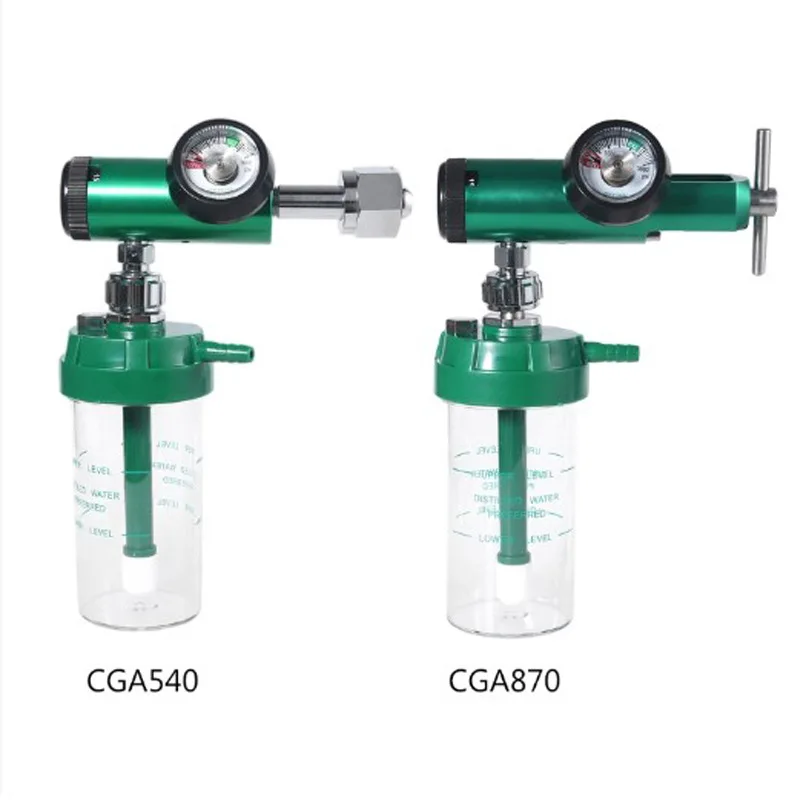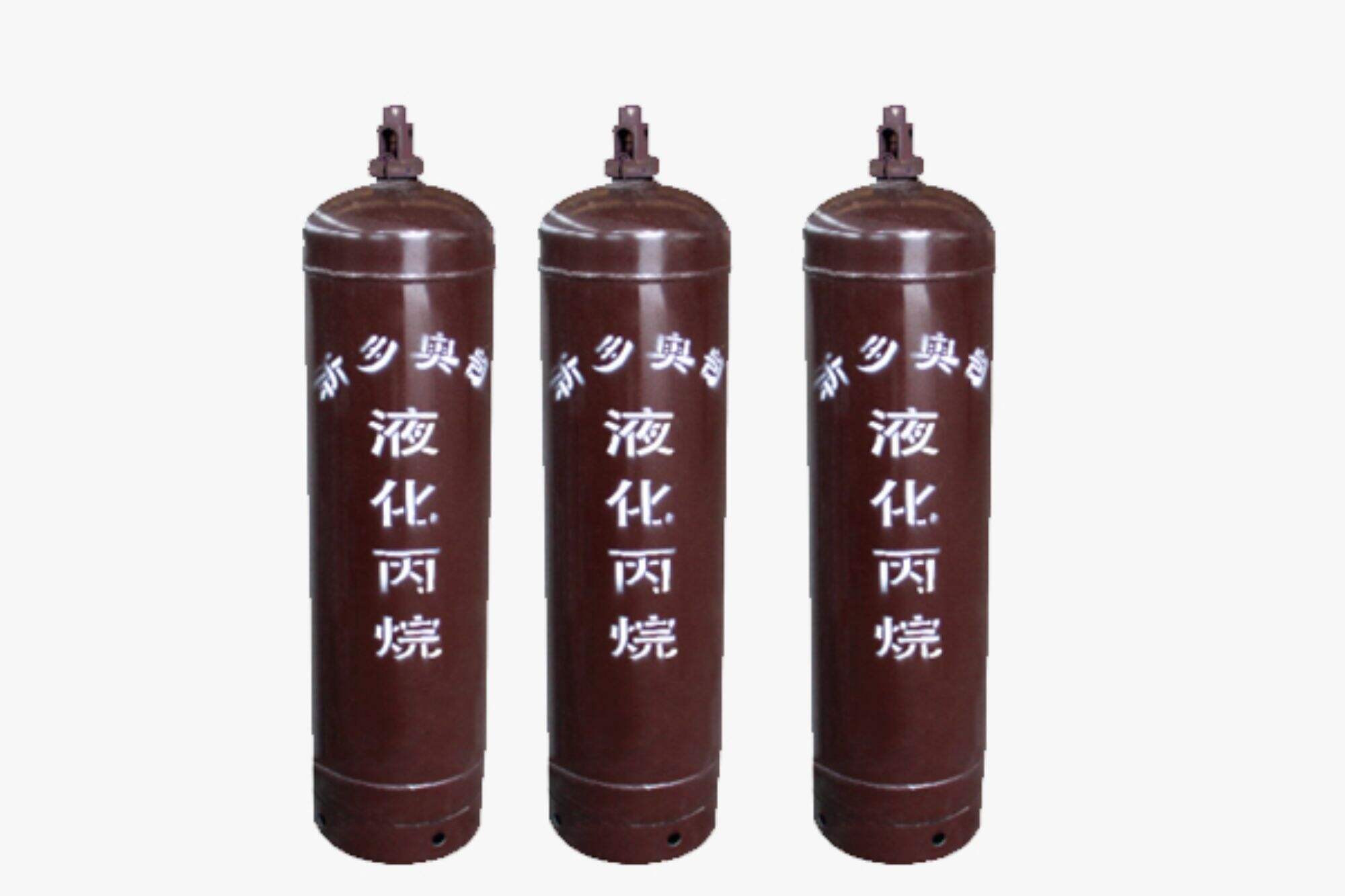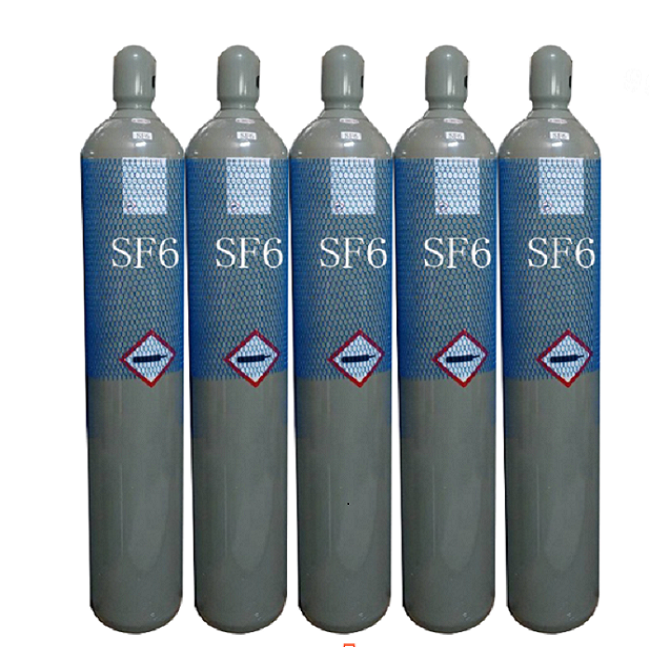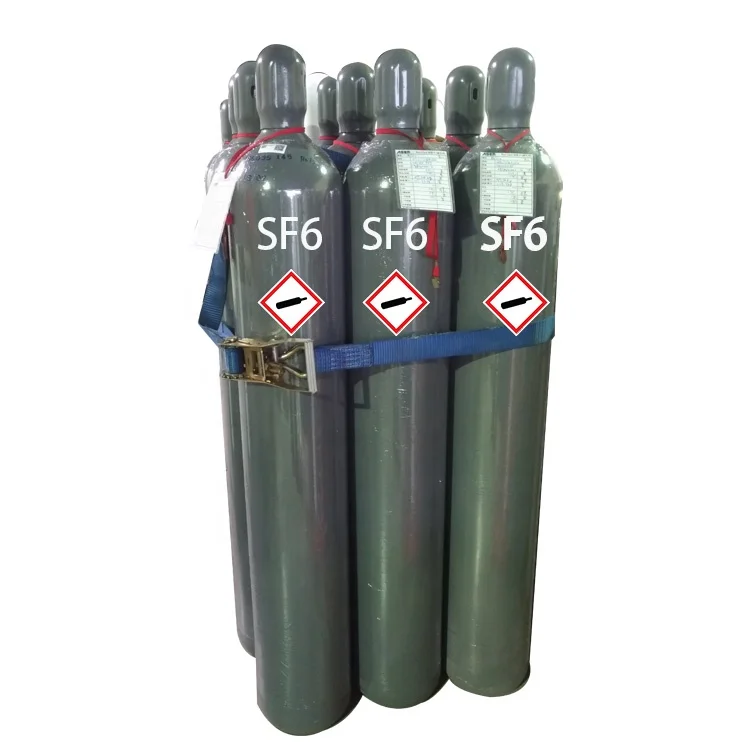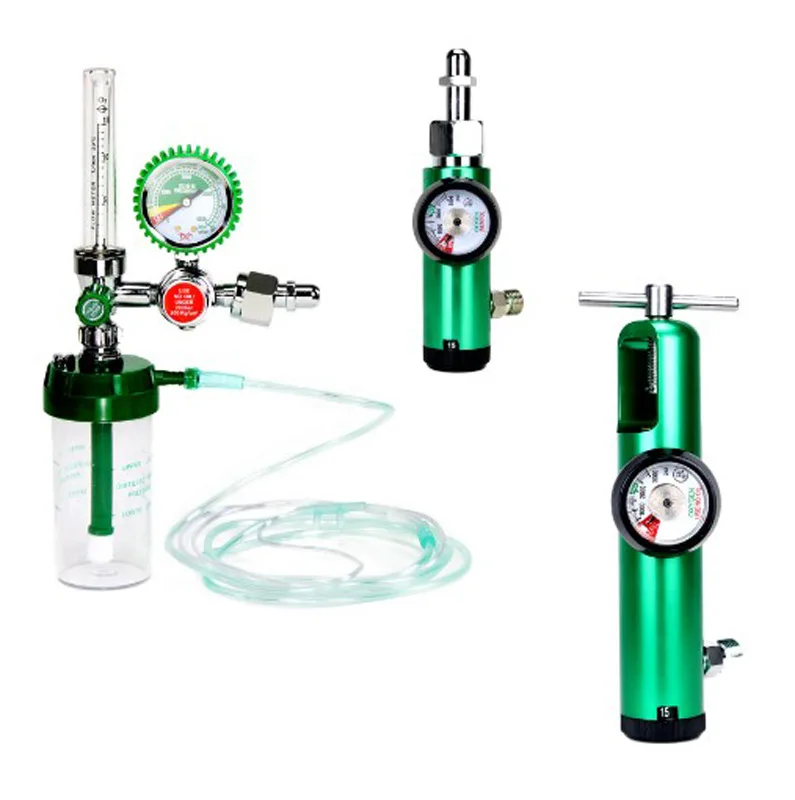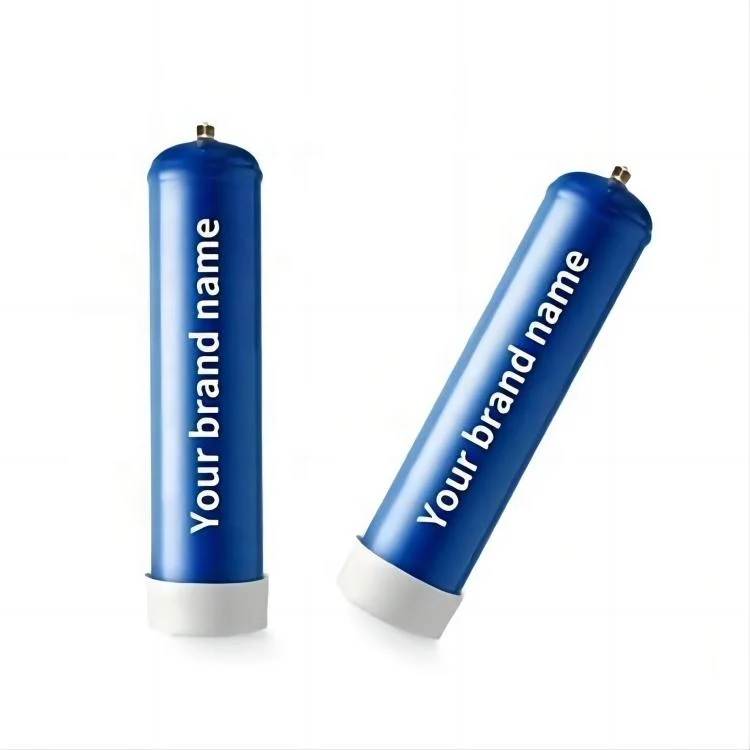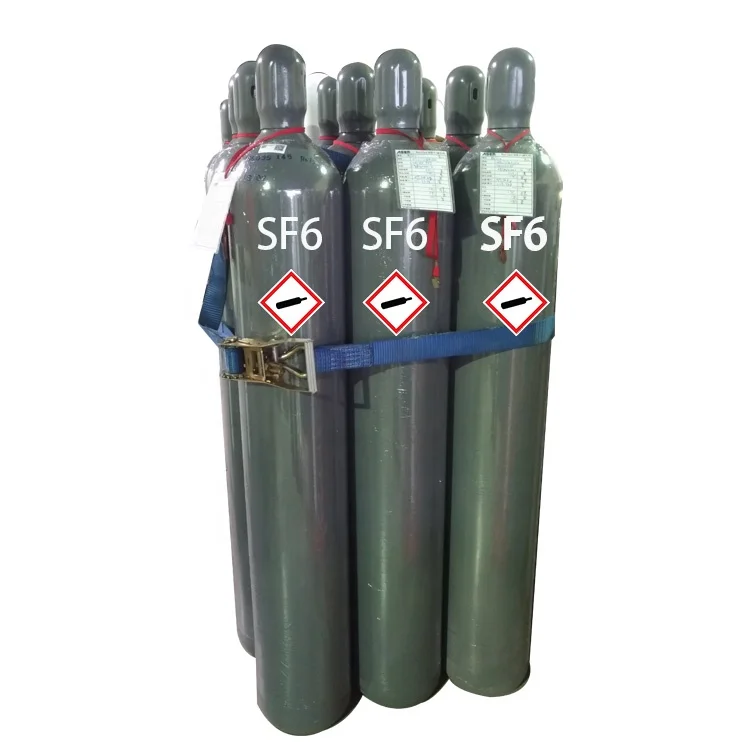Kei te rangona i te hautūnga matatika, pure Xenon rare gas? Kaua e whakamuri, tērā noa atu i te High Purity Xenon Rare Gas 99.999% 5N Xe 1L-40L Cylinder o AGEM. Ko tēnei ahua matatika pai rawa mō te nui o ngā mahi ā-hikoī, ā-maramatanga, me ngā tūtohu pūtaiao.
He tino painga tuatahi o te High Purity Xenon Rare Gas o AGEM he mea nui ake. Ki te 99.999%, ka whakamārie ai koe i te mea kaore he momo whakarereke e āheinga ana i ō mahi rānei, i ō rangahau. He mea hira tēnei puretanga mō ngā tono nui, inahea ko te whakawehenga, te māhina, me te whakaputuwha plasma.
Tono atu he paihere ki te High Purity Xenon Rare Gas o AGEM he mea hangarau. Ka whai wāhi tēnei i roto i ētahi atu whakamahi, inahea ko te māhina, ngā rautaki hauora, me te rongoā matū. Nāna i whakaae tēnei i ēnei whakamahi me ētahi atu.
Ki runga anō i tōna purenga nui me tōna hangarau, ka whai pūnaha hoki te High Purity Xenon Rare Gas o AGEM hei whakamana i ō hiahia. Ahakoa kei te hiahia koe i tētahi pū 1L iti mō ngā whakamātau, rānei ko tētahi pū 40L rahi mō te whakangungu, ka taea e AGEM.
Ki te whakaaetanga i te hoko i te wāhi iti Xenon, ko te pai rawa te matua. Nō reira, ka whai take AGEM ki te tirotiro iho kia whai ngā mea hihiko Xenon iti i runga i ngā ture pai o te ao. Ki te kī ai koe i AGEM, ka āhei koe ki te whakaheke i te whakaaro nui, ko te mea e hiahia ana koe ki te hoko he mea e whai pai ana i ngā paerewa tuatahi o te pai me te horoi.
Whakaahuatanga o ngā Mahi
Te xenon o te puawaitanga nui hei whakamahi i ngā mahi ā-tauira me ngā whenua ā-marama. Ki te whaiwhai i te wehi ki ngā pūoro ōrite, ka noho pai rawa ngā pūoro i roto i te wehi xenon, ko ngā paihere he maha te kawe mārama, iti rawa te rahi, heoheo ake te roa, me te tiaki i te wai. Nō tētahi take, e tino mana ana ki te whakautu i te kiriwhara, ka whakamahiia hei tohu whitiwhiti i te wāhanga kaiwaka, ka whai muri hei whakamahi i ngā wāhanga kaiwaka, marae whakatere, me ngā wāhanga whakatere. Ka hanga te uru whatitoka o te xenon ki te wehewehe i te paepae 2500°C, ka whakamahiia hei whakapapa rānei, hei tahua i ngā mete hikoiti pērā i te tītī me te moioro. I te rongoā, ka whakamahiia te xenon hei tohu whakamahia ai i te whakaahua X-ray anesthetic kore whakararu. Ko te xenon o te puawaitanga nui ka whakamahiia i ngā raupapa excimer, ngā pūoro, ion propulsion, whakatere, rongoā, me ngā rangahau taumata. Ngā tuhituhi me ngā momo: Ko te xenon tētahi momo whaiaro, ko tana tohu iwi Xe, ko tana tau iwi 54, he rarangi korewerawera, korekai, me te whakaputu mai i te koeaea. He iti noa iho te xenon i roto i te koeaea o Papatuanuku. Heoi pea, kei te whaiaro ngā hononga xenon. Ko te xenon he rarangi korewerawera, korekai, korekainga, korewhakapā, me te rarangi whakatipu i te 90ppm i roto i te hā. Ka whakamahiia te xenon i ngā pūoro whakaputa, anesthetics whakamataku, raupapa, tahunga, tahua mete hikoiti, rarangi tohu, rarangi raruraru, atā. Ko te hononga krypton-xenon ka whakamahiia hei whakakapi i ngā pūtai ā-tauira me ngā pūoro, ka tiakina 20-25% o te hikoiti i runga i ngā pūoro argon ōrite, ka whakatīnana i te roa e toru raua ko te whakapuaki mārama, ka whakaiti i te rahi. He tino maha te mārama o te wehi xenon, ko ngā pūoro i roto i te wehi xenon he pūoro iodine, arc lamps, flash lamps, theatre projection lamps, me ngā pūoro whakamātau ā-rangi. I whakatakoto te xenon i te 1958 hei pūoro arcing xenon matua. Ka whakaritea ki ngā pūoro xenon roa, pūoro xenon iti, me ngā pūoro xenon pūmau. Ko te pūoro xenon roa i roto i te wehi xenon, he whakapapa tonu ki te whakapapa o te rā. He tino mana te whakautu i te kiriwhara, ka whakamahiia hei whakamātau i ngā wāhanga kaiwaka, whakatere, me ngā wāhanga whakatere. Ko te tae o te "pūoro xenon iti" ko te tae o te rā o te hāora, he tae matua (5600K), ka whakamahiia hei pūoro whakamātau mō ngā wāhanga kaiwaka, he ara, whakaari kino, me te mārama whakatere. Ko te "pūoro xenon pūmau" he matawhiti whakamātau i te wā iti. Ka karangahia ko te "pūoro whakaputa", ka whakamahiia te wehi xenon ki te whakaputa mārama. Ka whakamahiia tēnei pūoro iti xenon i te whakaahua. Ka whakamahiia te xenon hei anesetiki, ka whai mana te xenon i te rongoā. Ka whakauru te xenon ki te kaiwhakapuawai, ka whakamātau i te mārama me te whakapū mai i ngā kiriwhara, ka mutuwhakatetere te mahi o ngā pūtahi neru. Kua haere ngā tangata ki te whakamahi i te hononga 80% xenon me 20% hāora hei anesetiki kore whakararu. I te ranga ātomi, ka whakamahiia te xenon o te puawaitanga nui ki te whakamātau i te neke atu i ngā pūtahi, pūtahi, mesons, ānā.
Puretanga 99.999% Ahe Xenon Whakatipu mō Pūraho
Ingoa Mahi : |
Xenon |
Pūtahi: |
99.999% |
CAS No.: |
7440-63-3 |
EINECS No.: |
231-172-7 |
MF: |
xe |
Nui moles: |
7440-63-3. mol |
Ureke No.: |
2036 |
Kahi paihara : |
2.2 |
Tirohanga: |
kore i te whai-ā-nika |
Whiu: |
kāore i te huarere |
Tātuhi whakamatau |
Wāhanga |
Pūroro |
Xenon |
% |
99.999 |
O2 |
ppmv |
≤0.1 |
N2 |
ppmv |
≤0.1 |
CO2 |
ppmv |
≤0.1 |
CO |
ppmv |
≤0.1 |
CH4 |
ppmv |
≤0.1 |
Wai |
ppmv |
≤0.5 |
Kr |
ppmv |
≤0.1 |
H2 |
ppmv |
≤0.1 |
NO2 |
ppmv |
≤0.1 |
Kāore |
ppmv |
≤0.5 |
SF6 |
ppmv |
≤0.1 |
CF4 |
ppmv |
≤0.1 |
C2F6 |
ppmv |
≤0.1 |
THC |
ppmv |
≤0.2 |
Whakamahi |
Te whakamahi tipikē |
I roto i te mahi pūraho |
Ko te Xenon e whakamahi ana i ngā rongoā, ngā pūrepo repo, ngā momo āpure me ngā raetitaha excimer, ā, mō te tuku īhā. Ko te Tantalum he nui te mana moe molekula o ia, ka whakamahi hei kaiwhakahoki whakamahana ki te iti i te mate kāhu kāhu i waenganui i ngā kiri kapua |
Ki roto i te whenua ā-pūnaha |
Ko te pūmorenga o XENON he whānuitia rawa i runga i NEON rānei ko KRYPTON. Nā tōna whakatika nui, ka whakamahiia i ngā pūrepo manu whakatipu matua, ngā pūrepo hiko kēkeke i runga i ngā motokā, ngā paerewa plasma, ngā wāhi mōmori rānei me ngā raetitaha UV |
Rahi o te pūtē |
DOT/48.8 L |
DOT/47L |
ISO 50L |
ISO 10L |
ISO 15L |
|
|
|
|
Pūhanga |
CGA 580/JIS W22-14L /DIN NO.6 |
|
|
|
|
Pātai Whakamahara 1. He aha te MOQ? A: Mai i tētahi pūtōki 2. He aha te wā tuku? A: 7-10 rā exwork i muri i te hoko i te utu mua, I muri i te whakahoki o te pūtōki ki runga i te waka rānei, ka mohio mātou i te wā katoa hei tuku ki te whenua o ngā kaihoko. 3. Me pēhea te tohu i te pai o te hāpai? A: Tuatahi, ka mahi tō tāmahi i ngā pūtōki, ka whanake, ka waipu, ka whakawehewehe, ka whakaputu mai, ka whakatūpato i mua i te whakapae i te hāpai ki te tirotiro i te mea e pai ai te roanga i roto i te pūtōki he pai, he waipu. Tuarua, ka tirotiro anō mā tātou i ngā pūtōki i whakawhanakea, hei whakamana i te pai o te roanga i roto i te pūtōki. Tuatoru, ka whakauru i te hāpai i muri i te whakapae ki ngā pūtōki, ka tukuna ko te COA (Ture Whakauru). 4. Ka taea e ia ngā pūtōki katoa hei whakahokia? A: Inaianei, te oranga mahi o ngā pūtōki kōwhiri kōnui e tū tonu ana i runga i te 20 tau, Nō reira, ka whakamahi ngā pūtōki whakarahirahi mō tētahi wā anake. 5. Ka taea e ahau whakahokia ngā pūtōki ki Haina me te whakapae i te hāpai anō? A: Āe, i te wā e kitea nei e koutou i te hāpai, ka whakahokia atu ngā pūtōki ngaro, ka whakapae i te hāpai anō. Ka hia atu koe ki a mātou i mua i tō hoko i muri, ka mahi mātou i ngā pūtōki i te kāwanatanga o Haina. 6. Pūtōki me ngā Tapu Whatu Tino Waimarie: Pūtōki DOT-3AA ISO9809, GB5099, TC-3AAM. EN1964, KGS VALVE: DISS, CGA, DIN, BS, AFNOR, JIS. 7. Ka taea e au te LCL me ōku taonga hokohoko noa? A: Mō ā mātau mahi, he taumata 2.2 DG taonga, me tuku i te waka me ngā taonga DG, ina tuku hei taonga noa, ka pērā ko te take kore tangata, me whakahoki mātou i ngā taonga DG i te kaiwaka, ina hoki koe i ngā taonga noa, ka tukuna ki roto i te taonga DG
he aha te whiriwhiri i a mātou


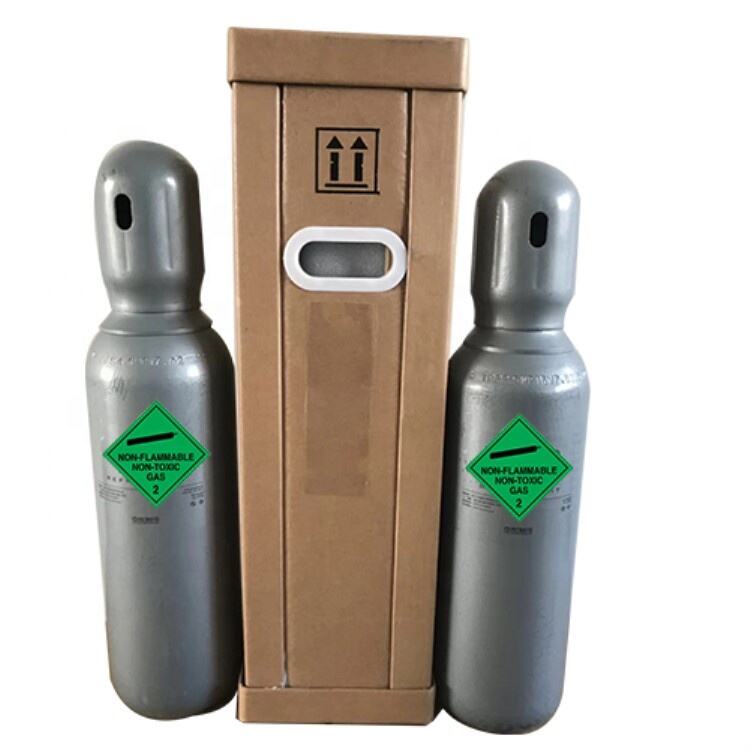
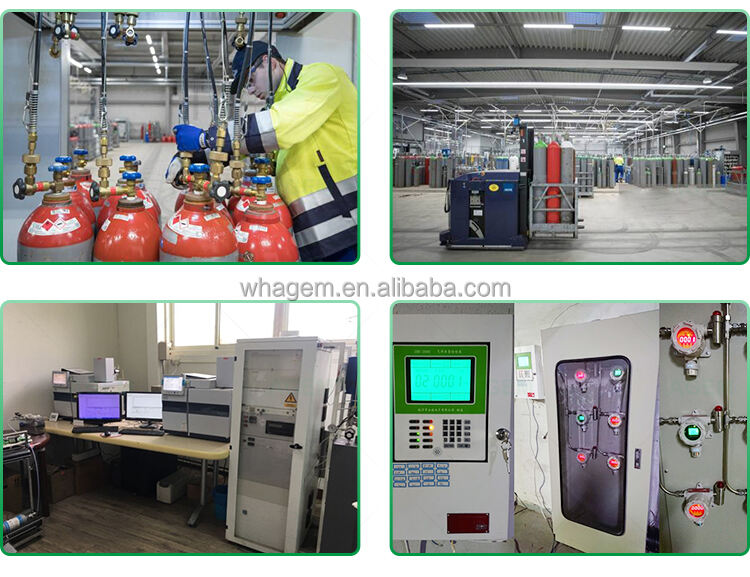


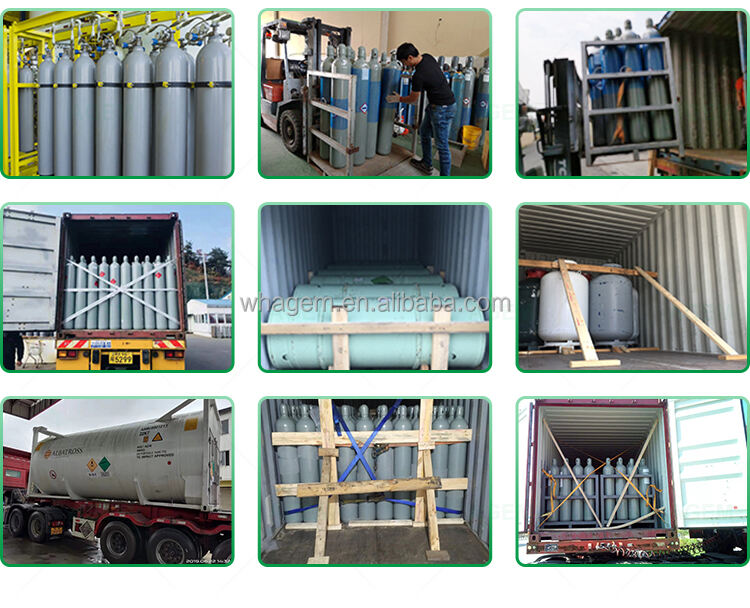
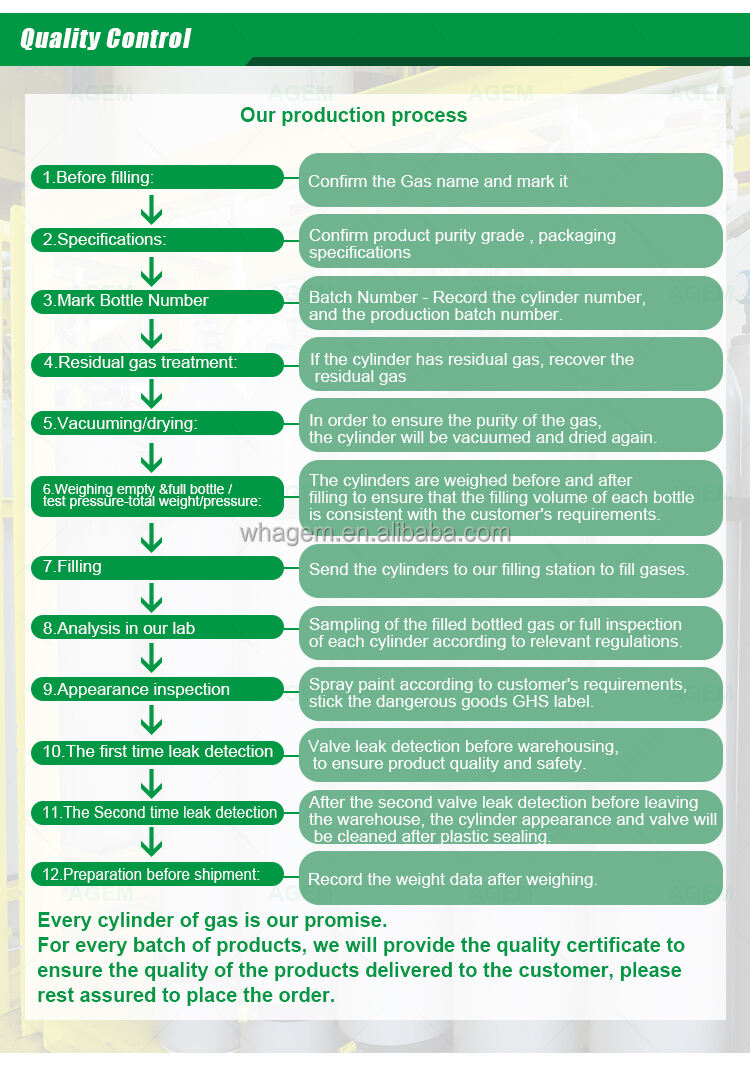
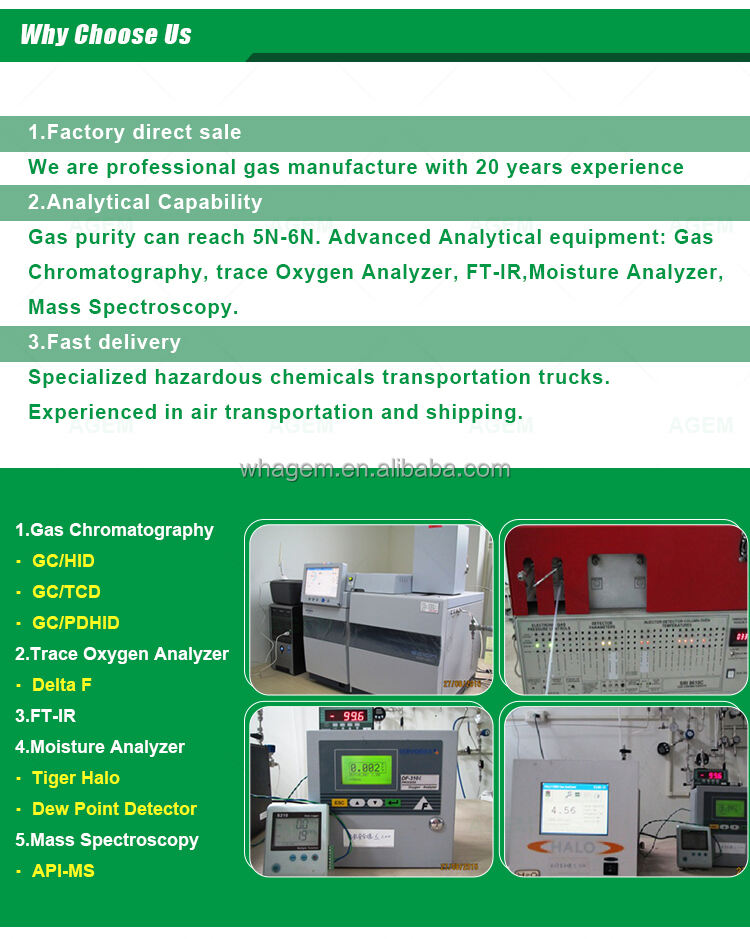
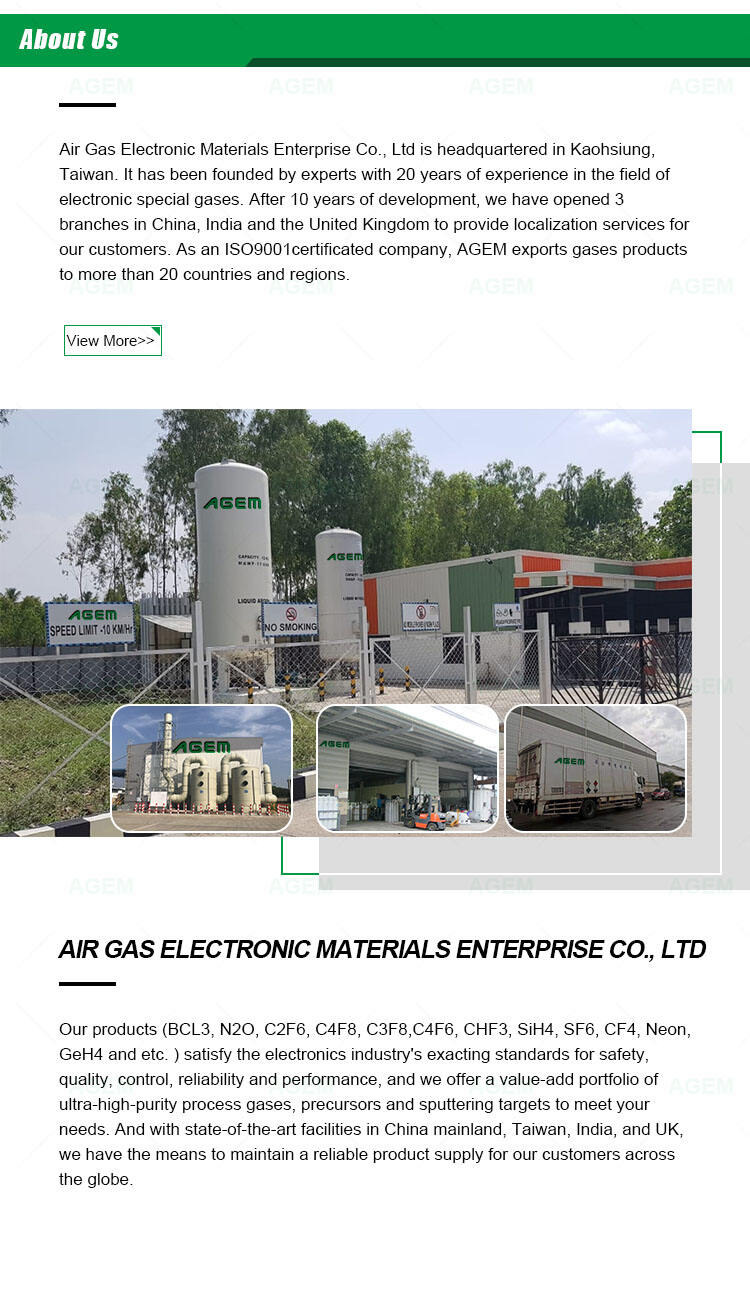
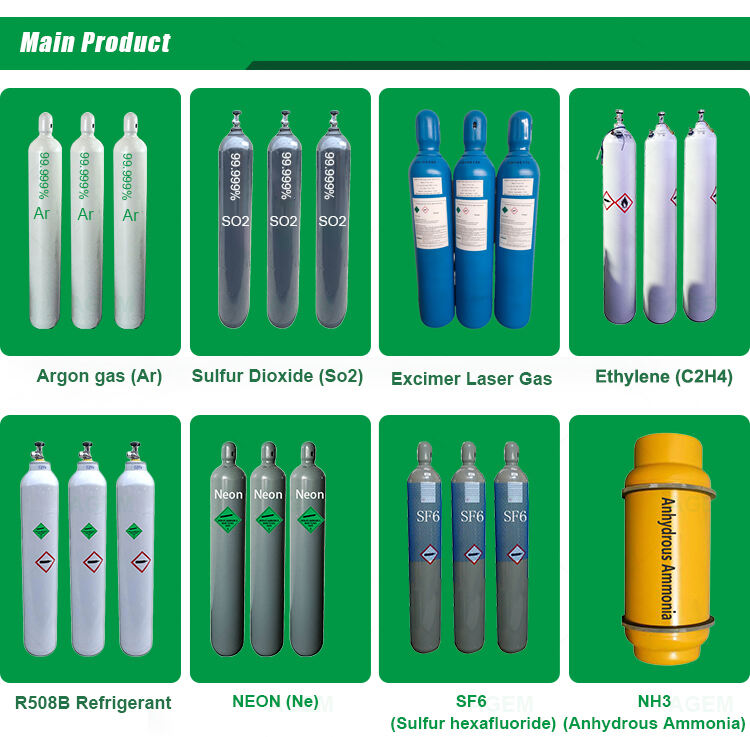
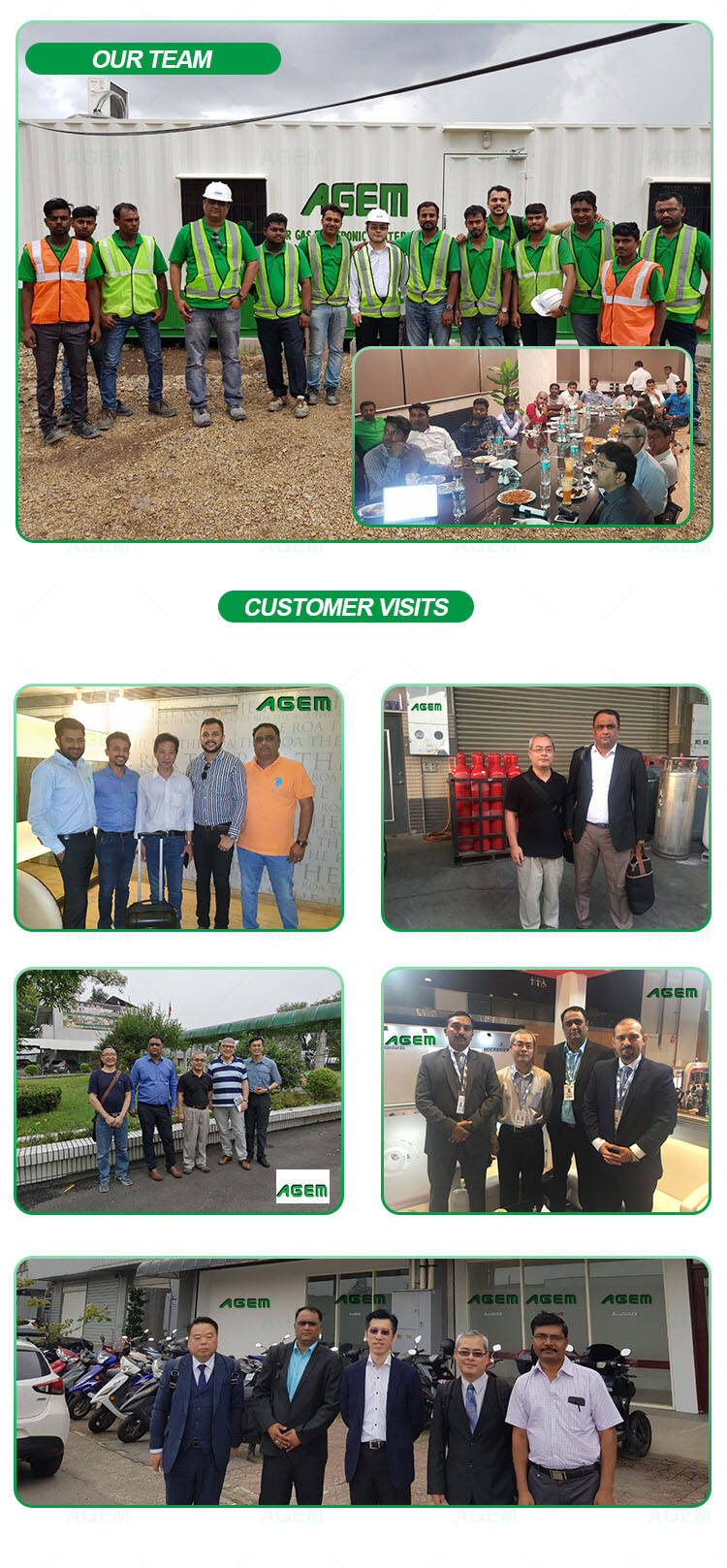


 EN
EN
 AR
AR
 CS
CS
 DA
DA
 NL
NL
 FI
FI
 FR
FR
 DE
DE
 EL
EL
 IT
IT
 JA
JA
 KO
KO
 NO
NO
 PL
PL
 PT
PT
 RO
RO
 RU
RU
 ES
ES
 TL
TL
 ID
ID
 SK
SK
 SL
SL
 UK
UK
 VI
VI
 TH
TH
 TR
TR
 AF
AF
 MS
MS
 SW
SW
 GA
GA
 CY
CY
 BE
BE
 KA
KA
 LO
LO
 LA
LA
 MI
MI
 MR
MR
 MN
MN
 NE
NE
 UZ
UZ
